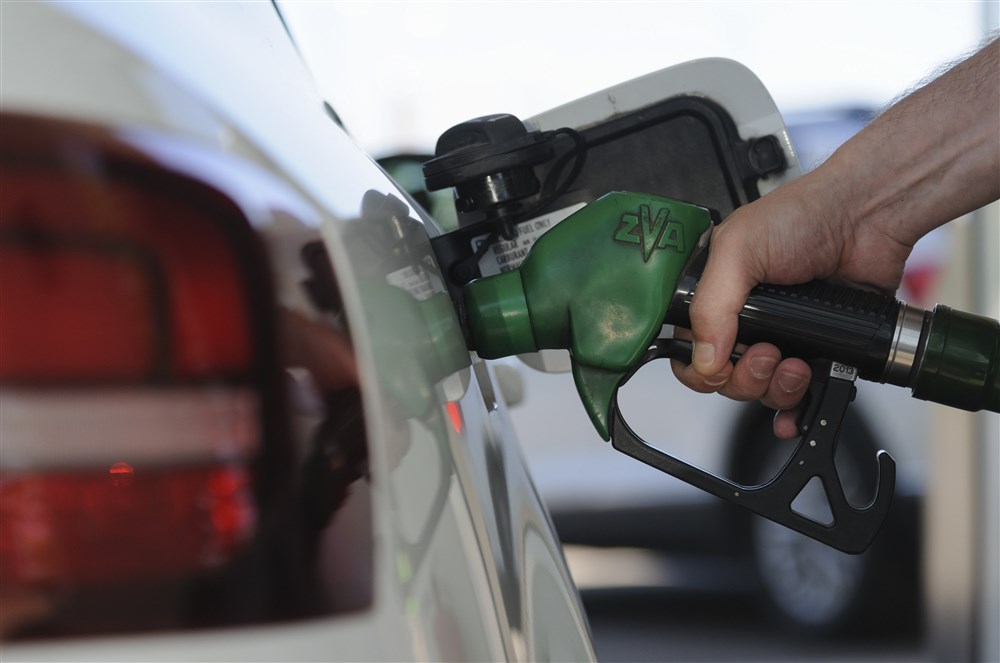An investigative report by US-based campaign group Environmental Progress, in collaboration with UK online media outlet The Blind Spot, has caused concerns about the “carbon intensity” of solar panels, which may be up to three times more than previously believed.
The investigation reveals a critical oversight in data compilation regarding China’s extensive solar photovoltaic (PV) industry, exposing the challenges in obtaining accurate information from the country’s manufacturers.
The report highlights the “critical need” for transparency and accurate data collection in the renewables industry and the authors conclude that the so-called “great energy transition” currently “seems less based on data than a mixture of blind faith and vested interests”.
The underestimation of solar panel carbon intensity has serious implications for governments and businesses that are basing their net-zero policies and investments on flawed data, it is claimed.
The report points out the environmental impact of solar PV production, as well as its comparison to other energy sources, may have been miscalculated, leading to a potential misdirection of clean-energy efforts.
“By seizing control of PV production and acclimatising well-meaning analysts to the retention of basic data, China has won for itself the lion’s share of global subsidies,” it adds.
The global solar PV industry is heavily dominated by China, with predictions indicating that more than 50 per cent of solar projects worldwide will be delivered by Chinese manufacturers by 2024.
However, the lack of transparency and data availability from China poses a significant challenge for accurately assessing the carbon intensity of solar panel production, experts say.
The data used for calculating the carbon footprint of solar panels primarily comes from the Ecoinvent database, which is relied upon by major institutions, including the International Energy Agency (IEA) and the Intergovernmental Panel on Climate Change (IPCC).
Unfortunately, with little or no input from China, researchers are forced to rely on outdated models and assumptions for estimating solar PV carbon emissions. The lack of Chinese data and an increasing shift towards methodology over real-world data have raised concerns among industry experts about its reliability.
Contrary to the IPCC’s claim that solar PV has a carbon intensity of 48 gCO2/kWh, new research by Italian scientist Enrico Mariutti suggests the number is closer to 170-250 gCO2/kWh, depending on the energy mix used for PV production. If accurate, this estimation puts solar PV at a carbon intensity comparable to natural gas and significantly higher than previously reported.
?In short:
1) for 10 years, the @IPCC_CH has been presenting misleading evidence on the carbon intensity of photovoltaic energyhttps://t.co/ZFkcRaa3sS
— Enrico Mariutti (@enricomariutti) July 24, 2023
China’s rise to dominance in the PV industry was facilitated by its use of cheap, coal-derived energy, government subsidies and labour forces operating in poor conditions. As a result, the shift in solar manufacturing to China has inevitably increased the carbon intensity of its panels.
Compounding the issue, the lack of primary data from China affects the accuracy of life-cycle assessments used by institutions such as the IEA and the IPCC. The absence of reliable metrics on silicon-purification energy consumption further skews carbon-intensity calculations.
Researchers’ efforts to fill the data gap have been limited and the IEA’s collaboration with Chinese industry sources has allegedly often led to unverifiable or questionable data.
The lack of transparency regarding data sources undermines the credibility of carbon-intensity estimates and impacts the foundation of sustainability certifications, some say.
People say solar panels don't produce carbon emissions, but they do. And now, a major new investigation by Environmental Progress, drawing on the research of @enricomariutti , finds that solar panels made in China produce at least 3x more carbon emissions than IPCC claims. pic.twitter.com/y4a2dvgyZj
— Michael Shellenberger (@shellenberger) July 24, 2023





